In advance of the approaching holiday, on Monday, October 6th, the Seattle City Council unanimously voted to redesignate the federal Columbus Day holiday as Indigenous Peoples’ Day to reflect that Native Americans were living on the continent before Christopher Columbus’s 15th Century arrival. Reinventing the holiday to a more politically correct and inclusive would celebrate the contributions and culture of the people on the other side of the New World discovery story.
Minneapolis voted in April to replace Columbus Day, while several states, including Alaska, Hawaii and Oregon do not acknowledge the holiday which became a U.S. federal holiday in 1937.
——————————————————————————————————————–
Berghahn recognizes the significance of indigenous cultures and is happy to present some of its relevant titles:
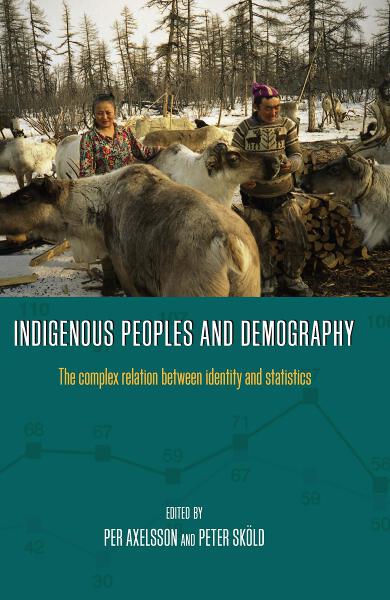 INDIGENOUS PEOPLES AND DEMOGRAPHY
INDIGENOUS PEOPLES AND DEMOGRAPHY
The Complex Relation between Identity and Statistics
Edited by Per Axelsson and Peter Sköld
When researchers want to study indigenous populations they are dependent upon the highly variable way in which states or territories enumerate, categorise and differentiate indigenous people. In this volume, anthropologists, historians, demographers and sociologists have come together for the first time to examine the historical and contemporary construct of indigenous people in a number of fascinating geographical contexts around the world, including Canada, the United States, Colombia, Russia, Scandinavia, the Balkans and Australia. Using historical and demographical evidence, the contributors explore the creation and validity of categories for enumerating indigenous populations, the use and misuse of ethnic markers, micro-demographic investigations, and demographic databases, and thereby show how the situation varies substantially between countries.
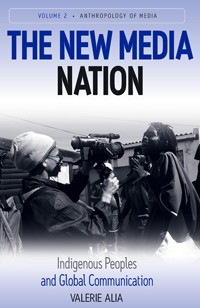 THE NEW MEDIA NATION
THE NEW MEDIA NATION
Indigenous Peoples and Global Communication
Valerie Alia
Around the planet, Indigenous people are using old and new technologies to amplify their voices and broadcast information to a global audience. This is the first portrait of a powerful international movement that looks both inward and outward, helping to preserve ancient languages and cultures while communicating across cultural, political, and geographical boundaries. Based on more than twenty years of research, observation, and work experience in Indigenous journalism, film, music, and visual art, this volume includes specialized studies of Inuit in the circumpolar north, and First Nations peoples in the Yukon and southern Canada and the United States.
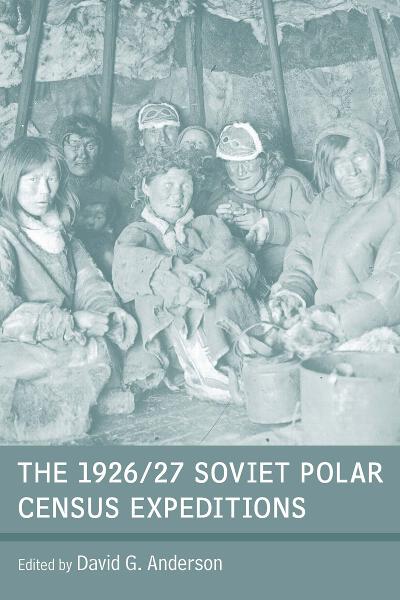 THE 1926/27 SOVIET POLAR CENSUS EXPEDITIONS
THE 1926/27 SOVIET POLAR CENSUS EXPEDITIONS
Edited by David G. Anderson
In 1926/27 the Soviet Central Statistical Administration initiated several yearlong expeditions to gather primary data on the whereabouts, economy and living conditions of all rural peoples living in the Arctic and sub-Arctic at the end of the Russian civil war. Due partly to the enthusiasm of local geographers and ethnographers, the Polar Census grew into a massive ethnological exercise, gathering not only basic demographic and economic data on every household but also a rich archive of photographs, maps, kinship charts, narrative transcripts and museum artifacts. To this day, it remains one of the most comprehensive surveys of a rural population anywhere. The contributors to this volume – all noted scholars in their region – have conducted long-term fieldwork with the descendants of the people surveyed in 1926/27. This volume is the culmination of eight years’ work with the primary record cards and was supported by a number of national scholarly funding agencies in the UK, Canada and Norway. It is a unique historical, ethnographical analysis and of immense value to scholars familiar with these communities’ contemporary cultural dynamics and legacy.
 NARRATING THE FUTURE IN SIBERIA
NARRATING THE FUTURE IN SIBERIA
Childhood, Adolescence and Autobiography among the Eveny
Olga Ulturgasheva
The wider cultural universe of contemporary Eveny is a specific and revealing subset of post-Soviet society. From an anthropological perspective, the author seeks to reveal not only the Eveny cultural universe but also the universe of the children and adolescents within this universe. The first full-length ethnographic study among the adolescence of Siberian indigenous peoples, it presents the young people’s narratives about their own future and shows how they form constructs of time, space, agency and personhood through the process of growing up and experiencing their social world. The study brings a new perspective to the anthropology of childhood and uncovers a quite unexpected dynamic in narrating and foreshadowing the future while relating it to cultural patterns of prediction and fulfillment in nomadic cosmology.
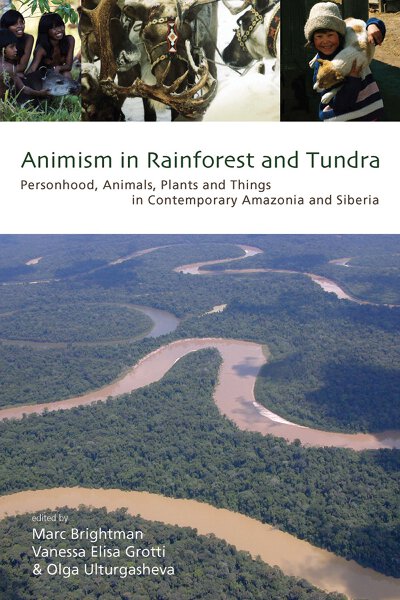 ANIMISM IN RAINFOREST AND TUNDRA
ANIMISM IN RAINFOREST AND TUNDRA
Personhood, Animals, Plants and Things in Contemporary Amazonia and Siberia
Edited by Marc Brightman, Vanessa Elisa Grotti, and Olga Ulturgasheva
Amazonia and Siberia, classic regions of shamanism, have long challenged ‘western’ understandings of man’s place in the world. By exploring the social relations between humans and non-human entities credited with human-like personhood (not only animals and plants, but also ‘things’ such as artifacts, trade items, or mineral resources) from a comparative perspective, this volume offers valuable insights into the constitutions of humanity and personhood characteristic of the two areas. The contributors conducted their ethnographic fieldwork among peoples undergoing transformative processes of their lived environments, such as the depletion of natural resources and migration to urban centers. They describe here fundamental relational modes that are being tested in the face of change, presenting groundbreaking research on personhood and agency in shamanic societies and contributing to our global understanding of social and cultural change and continuity.
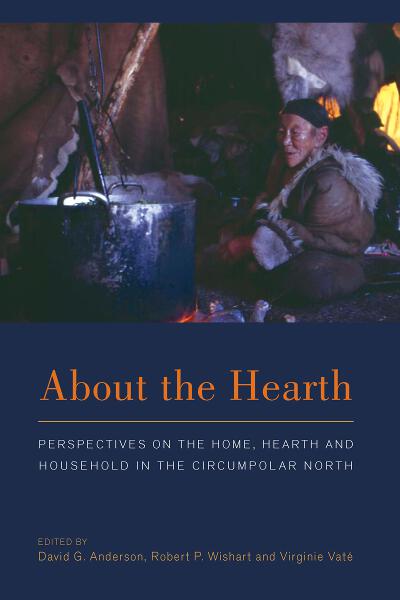 ABOUT THE HEARTH
ABOUT THE HEARTH
Perspectives on the Home, Hearth and Household in the Circumpolar North
Edited by David G. Anderson, Robert P. Wishart, and Virginie Vaté
Due to changing climates and demographics, questions of policy in the circumpolar north have focused attention on the very structures that people call home. Dwellings lie at the heart of many forms of negotiation. Based on years of in-depth research, this book presents and analyzes how the people of the circumpolar regions conceive, build, memorialize, and live in their dwellings. This book seeks to set a new standard for interdisciplinary work within the humanities and social sciences and includes anthropological work on vernacular architecture, environmental anthropology, household archaeology and demographics.
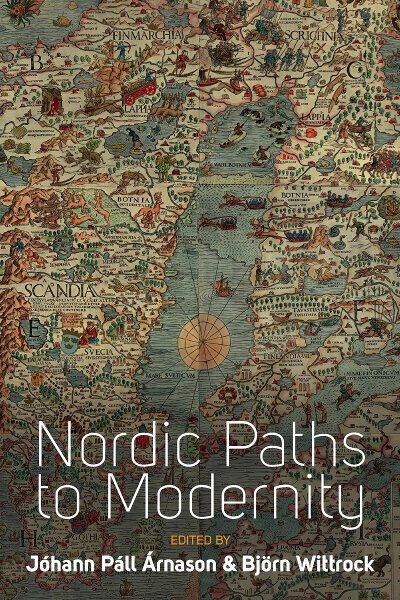 NORDIC PATHS TO MODERNITY
NORDIC PATHS TO MODERNITY
Edited by Jóhann Páll Árnason and Björn Wittrock
Within the growing attention to the diverse forms and trajectories of modern societies, the Nordic countries are now widely seen as a distinctive and instructive case. While discussions have centred on the ‘Nordic model’ of the welfare state and its record of adaptation to the changing global environment of the late twentieth century, this volume’s focus goes beyond these themes. The guiding principle here is that a long-term historical-sociological perspective is needed to make sense of the Nordic paths to modernity; of their significant but not complete convergence in patterns, which for some time were perceived as aspects of a model to be emulated in other settings; and of the specific features that still set the five countries in question (Denmark, Sweden, Norway, Finland and Iceland) apart from one another. The contributors explore transformative processes, above all the change from an absolutistmilitary state to a democratic one with its welfarist phase, as well as the crucial experiences that will have significant implications on future developments.
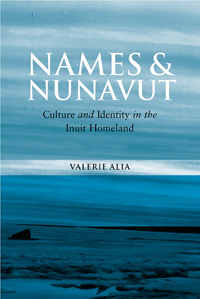 NAMES AND NUNAVUT
NAMES AND NUNAVUT
Culture and Identity in the Inuit Homeland
Valerie Alia
On the surface, naming is simply a way to classify people and their environments. The premise of this study is that it is much more — a form of social control, a political activity, a key to identity maintenance and transformation. Governments legislate and regulate naming; people fight to take, keep, or change their names. A name change can indicate subjugation or liberation, depending on the circumstances. But it always signifies a change in power relations. Since the late 1970s, the author has looked at naming and renaming, cross-culturally and internationally, with particular attention to the effects of colonisation and liberation. The experience of Inuit in Canada is an example of both. Colonisation is only part of the Nunavut experience. Contrary to the dire predictions of cultural genocide theorists, Inuit culture — particularly traditional naming — has remained extremely strong, and is in the midst of a renaissance. Here is a ground-breaking study by the founder of the discipline of political onomastics.
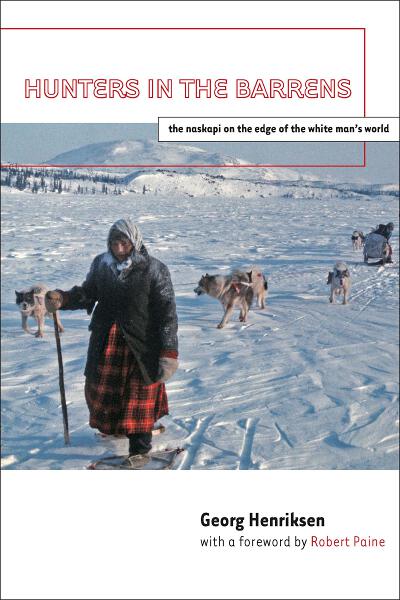 HUNTERS IN THE BARRENS
HUNTERS IN THE BARRENS
The Naskapi on the Edge of the White Man’s World
Georg Henriksen
This comprehensive study of the Naskapi Indians of Labrador is based on an anthropologist’s life with them between 1966 and 1968, when families still followed the traditional pattern of hunting on the barrens during the winter and returning to their costal settlements in the summer. Now the Naskapi live in coastal settlements; no longer in possession of their own culture, they have become sedentaries under white tutelage. This description of two antithetical worlds provides valuable insights for anyone interested in contemporary native rights issues.
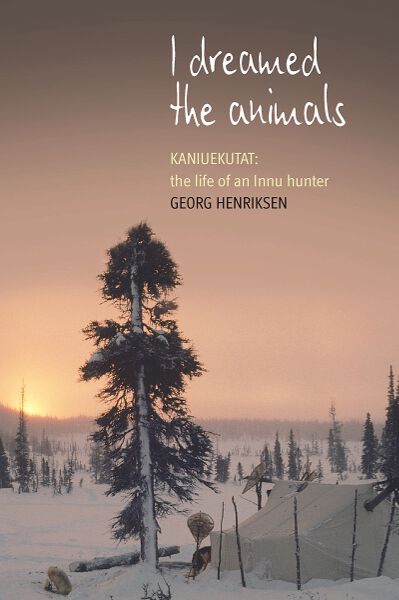 I DREAMED THE ANIMALS
I DREAMED THE ANIMALS
Kaniuekutat: The Life of an Innu Hunter
Georg Henriksen
This is Kaniuekutat’s book. In it, he tells the story of his life and that of Innu culture in the northern parts of Labrador. The pages of this book are filled with the voice of Kaniuekutat giving his account of an Innu hunter’s life and the problems and distress that have been caused by sedentarization and village life. Kaniuekutat invites us to see Innu society and culture from the inside, the way he lives it and reflects upon it. He was greatly concerned that young Innu may lose their traditional culture and the skills necessary to make a living as hunters, and wanted to convey a message: the Innu must take care of their language, their culture and their traditions.
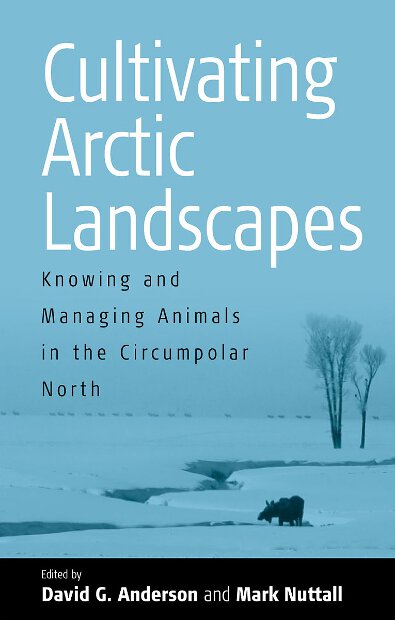 CULTIVATING ARCTIC LANDSCAPES
CULTIVATING ARCTIC LANDSCAPES
Knowing and Managing Animals in the Circumpolar North
Edited by David G. Anderson and Mark Nuttall
In the last two decades, there has been an increased awareness of the traditions and issues that link aboriginal people across the circumpolar North. One of the key aspects of the lives of circumpolar peoples, be they in Scandinavia, Alaska, Russia, or Canada, is their relationship to the wild animals that support them. Although divided for most of the 20th Century by various national trading blocks, and the Cold War, aboriginal people in each region share common stories about the various capitalist and socialist states that claimed control over their lands and animals. Now, aboriginal peoples throughout the region are reclaiming their rights.
——————————————————————————————————————–
From Berghahn Journals:
 Sibirica
Sibirica
Interdisciplinary Journal of Siberian Studies
Sibirica is a peer-reviewed interdisciplinary journal covering all aspects of the region and relations to neighboring areas, such as Central Asia, East Asia, and North America.
The journal publishes articles, research reports, conference and book reviews on history, politics, economics, geography, cultural studies, anthropology, and environmental studies. It provides a forum for scholars representing a wide variety of disciplines from around the world to present findings and discuss topics of relevance to human activities in the region or directly relevant to Siberian studies.
